Does your dog bark, lunge, or pull on the leash whenever another dog or person walks by? Leash reactivity can make even a short stroll stressful and embarrassing. The good news is that this behavior can be improved—often solved completely—once you understand what’s really causing it and learn how to communicate with your dog calmly and clearly.
👉 Watch Professional Dog Trainer, Doggy Dan’s FREE Dog Reactivity Webinar Here – You’ll discover simple, gentle techniques to stop leash reactivity and enjoy calm walks again!
In this post, we’ll cover:
-
- What leash reactivity really is (and how it differs from aggression)
- Common triggers that cause dogs to react on leash
- Why leash tension can make the behavior worse
- A step-by-step desensitization and training process
- How The Dog Calming Code helps leash-reactive dogs
- Prevention and long-term management tips
- Best leashes and harnesses for reactive dogs
What Is Leash Reactivity?
Leash reactivity is often mistaken for dog aggression, but most leash-reactive dogs aren’t truly aggressive—they’re anxious, frustrated, or over-stimulated. The leash limits their natural ability to move, sniff, and communicate, so they respond with barking, lunging, or pulling instead.
Unlike aggression, leash reactivity usually disappears when the dog is off-leash or at a comfortable distance. That’s why understanding the difference between reactivity and aggression is key to addressing the root cause rather than simply trying to suppress the symptoms.
This post contains affiliate links. If you make a purchase, I’ll earn a commission (at no extra cost to you). As an Amazon Associate, I earn from qualifying purchases. I donate 10% of my profits to animal charities.
Common Triggers for Leash Reactivity
Every dog has different triggers, but the most common include:
-
- Other dogs or people approaching
- Fast-moving objects such as bikes, joggers, or cars
- Loud noises or sudden movement
- Past negative experiences while on leash
- Owner tension or frustration that the dog senses immediately
If your dog’s reactivity seems unpredictable, keeping a brief log of where, when, and around what the behavior occurs can help you identify specific patterns.
Why Leash Tension Makes It Worse
When your dog feels tight leash pressure, they often interpret it as a signal of danger or restraint. This tension increases adrenaline, which fuels more barking and pulling. Learning to keep the leash loose—even when you’re nervous—can help break this cycle.
Try using a comfortable, padded harness or a high-quality training leash that gives you better control without adding stress. I’ll give you some recommendations later in this post.
Step-by-Step Desensitization Process
Helping a leash-reactive dog means gradually changing how they feel about their triggers. Here’s a gentle process to follow:
-
- Start at a safe distance. Find the point where your dog notices the trigger but stays calm. Reward calm behavior with treats or praise.
- Stay relaxed. If you tighten the leash or react anxiously, your dog will too. Take a breath and keep your shoulders loose.
- Move closer slowly. Over several sessions, decrease the distance only when your dog remains calm.
- Redirect attention. Use a simple command like “look at me” or “sit.” Reward calm focus every time.
- End on a win. Always finish training before your dog becomes reactive. Consistency is more important than duration.
How The Dog Calming Code Helps Leash-Reactive Dogs
Professional Dog Trainer and Behavioral Specialist Doggy Dan teaches a unique approach called The Dog Calming Code. Instead of relying on constant correction, this program focuses on rebuilding your dog’s trust and teaching them that you’re in charge—so they no longer feel the need to react or protect.
Once your dog sees you as the calm, confident leader, they can finally relax and follow your direction. The result? Walks that are peaceful, safe, and enjoyable for both of you.
👉 Click here to watch Doggy Dan’s Free Reactivity Webinar – You’ll learn how to calm leash reactivity and transform your walks using The Dog Calming Code.
Dog Reactivity Prevention and Long-Term Management
Even after your dog improves, continue reinforcing calm behavior. Keep practicing relaxed walks, maintain a loose leash, and make sure your dog gets enough mental and physical exercise each day. Avoid situations that overwhelm them until you’re confident they can handle those challenges calmly.
Consistency, patience, and the right training approach will help your dog feel secure, focused, and calm for life.
Best Leash and Harnesses for Reactive Dogs
First, I want to say that you should consider using a harness instead of a collar for your dog, regardless of whether they pull on the leash or struggle with leash reactivity. Several years ago, I had a miniature Dachshund named Taz who developed Collapsed Trachea.
My veterinarian told me that this is common in dogs, because most dogs wear collars all their life and their trachea is damaged from years of pressure from a collar. He recommended getting a harness for Taz instead. I found this one on Amazon (that’s her in the picture wearing it. Awww…)
Read more about this in my article, Collapsed Trachea in Dogs (includes video).
Choosing the right leash and harness can make training much easier. Look for:
-
- A sturdy 4- to 6-foot leash that gives control without restricting movement
- A padded no-pull harness to reduce neck pressure
- Quality materials with secure clips and comfortable handles
Here are some leashes for reactivity on Amazon, and harnesses for reactivity.
Don’t Struggle With a Leash-Reactive Dog
You don’t need to keep dreading your walks. With the right communication and training approach, your dog can learn to stay calm and connected to you, no matter what’s happening around them. Start today with Doggy Dan’s gentle, proven techniques.
More Information About Dog Reactivity
- Understanding and Solving Dog Reactivity
- Dog Training for Leash Reactivity
- Dog Aggression vs. Reactivity
More Help With Leash Training & Pulling
- Train Your Dog to Walk with a Leash
- Dog Training for Leash Pulling
- How to Stop Your Dog from Pulling – Plus Loose Leash Training
- Dog Training for Leash Reactivity
I Donate to Animal Charities
Thank you for visiting my website! I hope these tips and Doggy Dan’s training help you get control of your dog’s leash reactivity. I do know how it feels. I had a dog many years ago who would get downright violent whenever she saw another dog. It made the walks terrible for me! I was always praying, “Please don’t let us see another dog…”
I wish I would’ve had access to Doggy Dan’s help back then!
You should know that if you purchase a product or service using various links on my site, I will receive a small commission. I donate 10% of my profits to animal charities. You can see a list of the charities I support here.
If you enjoy this website, please share it with friends and family who have a pet. Thank you! — Debra
Additional resource: Check out this post from the American Kennel Club (AKC), Leash Aggression in Dogs, for more tips!
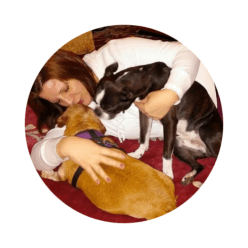

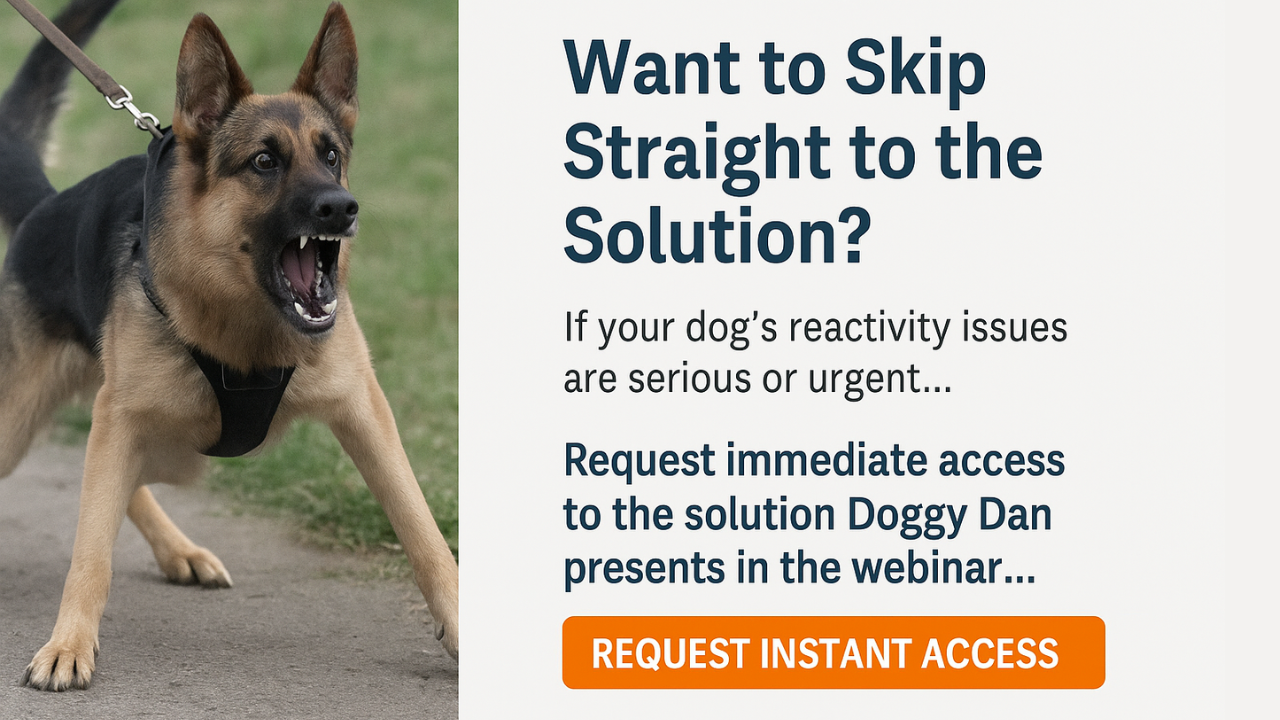
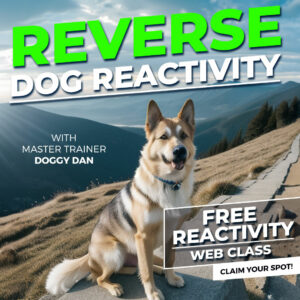
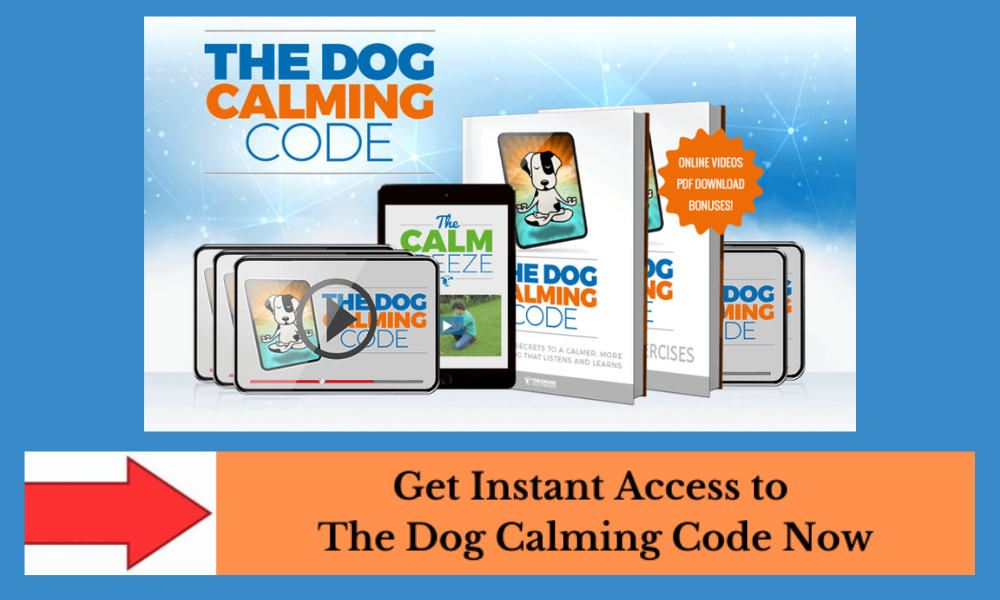

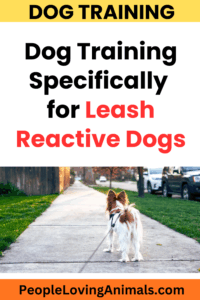



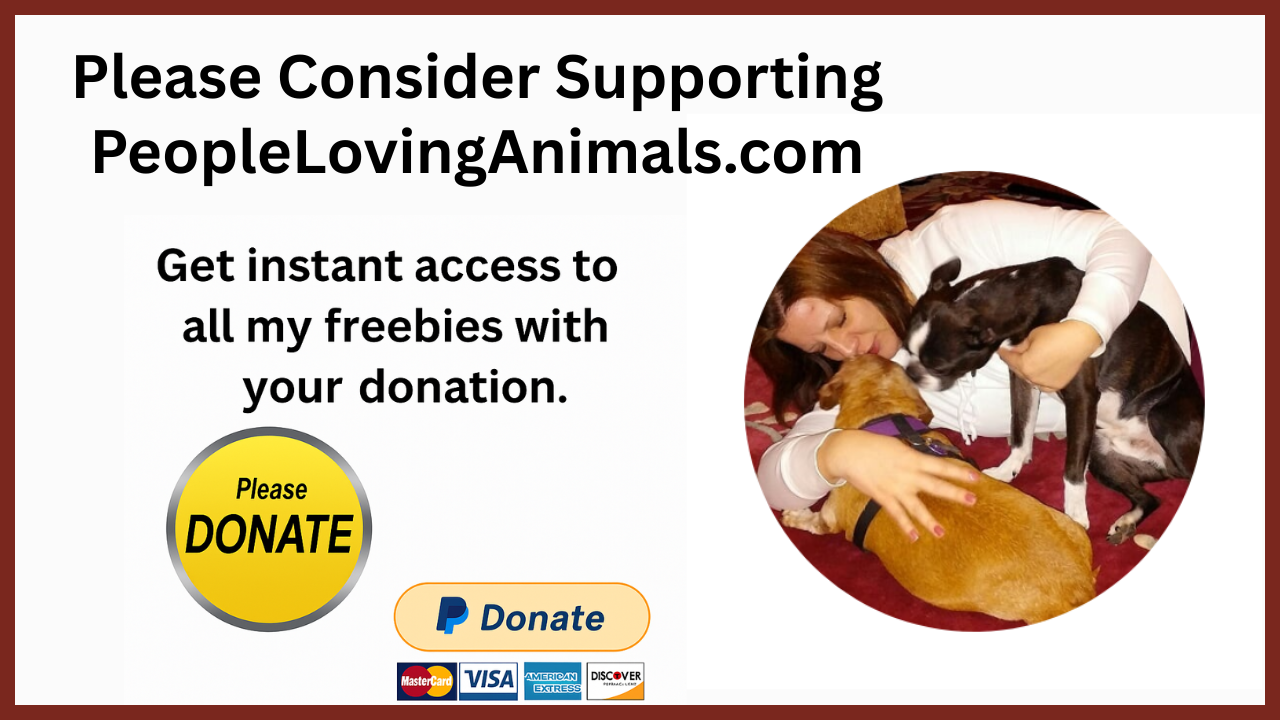

very good